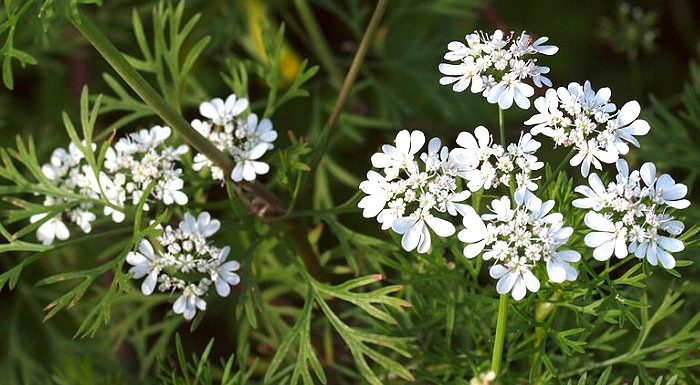
Life in the hills has its compensations. Though it is still frustrating not being able to move as freely as before, our surrounding area just happens to be one of the most diverse parts of Turkey. There are over 600 endemic plants in the south-west Taurus. The enforced restrictions mean we can focus once again on finishing our long-planned for regional flora guides, and it’s always possible to take better photos than the previous ones. Luckily, our ‘back garden’ gives us access to many interesting areas from macchie to pine woods and higher altitude cedar and grasslands. In a few kilometres it’s possible to travel from Mediterranean to sub-alpine environments.
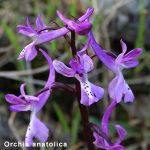
 Beginning around our house this weekend, there was a delightful spike or two of Bellevalia trifoliata popping up among a frothy mass of Scandix pectin-veneris, close to big patches of orangey Calendula arvensis, one of the many daisy species bursting into flower right now.
Beginning around our house this weekend, there was a delightful spike or two of Bellevalia trifoliata popping up among a frothy mass of Scandix pectin-veneris, close to big patches of orangey Calendula arvensis, one of the many daisy species bursting into flower right now.
Wandering a little further and the wonderful marbled stems of Dracunculus vulgaris caught our eye. The flowers (come later and) are huge, reddish-brown spathes typical of Araceae, which stink to high heavens. But, the foliage and stems are appealling and benign. Elsewhere, we found large boulders home to their own little communties of plants with amber droplets of Onosma frutescens and the long-spurred pink orchid Orchis anatolica.
This weekend we also took the (chilly) chance to go much higher and drove up to the cedar forest, passing plenty of Cyclamen alpinum and Lamium garganicum along the way. Reaching the upper grasslands we were treated to fields brimming with hundreds of Leontice leontopetalum, a peculiar member of the Berberis family. Our three-year-old didn’t think much of the cold wind and cried until we got back in the car. Need to work on his botanical hardiness!
Despite the weather we were determined to check out our ‘frit rock’, and sure enough it was generously peppered with the flared golden bells of Fritillaria carica. Colourful mats of Aubrieta canescens snaked down the rocks and there were hundreds of Ornithogalum lanceolatum in the damp ground too. On a better day we could have struck out to visit cliffs with snowdrops but the weather was not the best so it was time to retreat to a log fire.

However, perhaps we kept the best until last, finding a perfect mat of woolly-leaved Ajuga bombycina growing among rocks just above the village.
We have a wonderful back garden!
Başak and Chris GARDNER



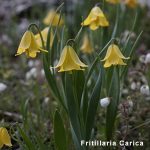

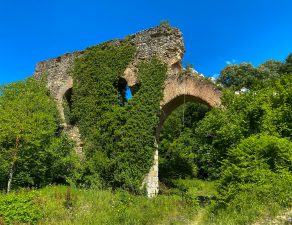


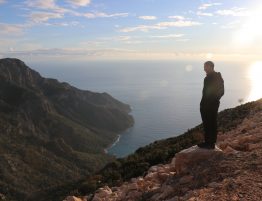



1 Comment
บุหรี่นอกราคาถูก
April 17, 2024
886977 1859Hello! I just now would like to supply a massive thumbs up for any great details you can have here within this post. We are coming back to your blog post for further soon. 599686
Write a comment: